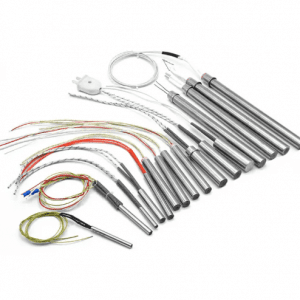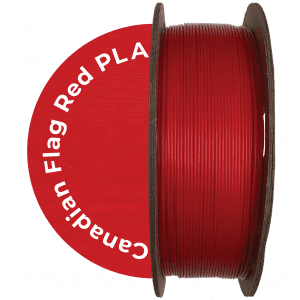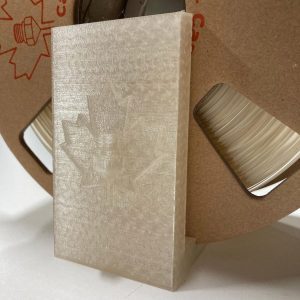3D printing, also known as additive manufacturing, is a revolutionary manufacturing process that creates three-dimensional objects layer by layer from a digital model or CAD (Computer-Aided Design) file. Unlike traditional subtractive manufacturing methods that involve cutting or drilling material from a solid block. 3D printing builds up the object from the bottom-up, one layer at a time.
The 3D printing process typically involves the following steps:
- Design: The process starts with creating a 3D model of the object to be printed using 3D modeling software or obtaining an existing model from a database or online repository. The design is saved in a common 3D file format like STL (Stereolithography) or OBJ.
- Slicing: The 3D model is then imported into slicing software. Slicing software breaks down the 3D model into thin horizontal layers. Creating a set of instructions (G-code) for the 3D printer to follow.
- Printing: The sliced G-code file is transferred to the 3D printer, which then begins the printing process. The 3D printer uses various materials, such as plastics (like PLA or ABS), resins, metals, ceramics, or even food-based materials. Depending on the specific 3D printing technology used.
- Fused Deposition Modeling (FDM) / Fused Filament Fabrication (FFF): The printer extrudes melted thermoplastic material layer by layer to build the object.
- Post-processing: Once the printing is complete, the object may require post-processing, such as cleaning, curing, or removing support structures. Depending on the printing technology and materials used.
-
-
-
3D printing
3D Printing Service
$1.00 This product has multiple variants. The options may be chosen on the product page -
-
-
-
-
3D printing
Instant Quote – Online 3
$1.00 This product has multiple variants. The options may be chosen on the product page
Showing 9 of 9 products















